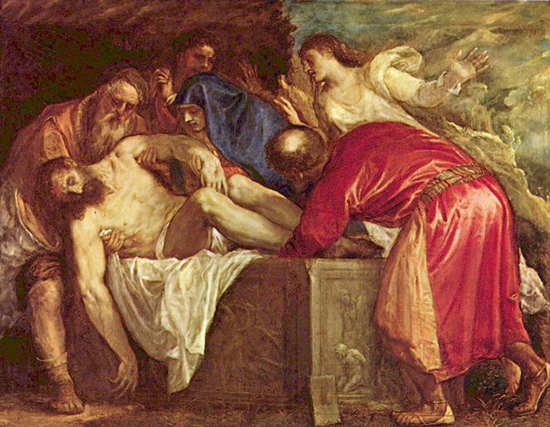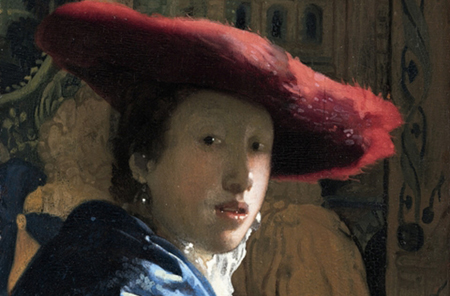To commemorate the 50th anniversary of the Japanese Culture Institute in Rome, known as the Japan Foundation, the Galleria Nazionale d´Arte Moderna and the Museum of Modern Art of Kyoto are organising a large exhibition dedicated to 20th century Japan, the first one ever in Italy. The exhibition encompasses a period of intense transformation without exploring that goes from the restoration of the Meiji Emperor in 1868 to the Second World War.

The exhibition includes a total of 111 paintings and 59 works of decorative art from the main museums and private collections in Japan.
For preservation reasons, due to the particular sensitivity of the materials, the exhibition is divided in two different exhibition phases, with an almost-complete substitution of the paintings and a partial one of the decorative art, in accordance with the following calendar:
The first exhibition is from the 26th of February 2013 to the 1st of April 2013; the second exhibition is from the 4th of April 2013 to the 5th of May 2013.
The curators of the exhibition are Masaki Ozaki (director of the Museum of Modern Art of Kyoto) and Ryuichi Matsubara (Head of Investigation of the Museum of Modern Art of Kyoto). The commissioner of the exhibition is Stefania Frezzotti (curator of the National Gallery of Modern Art of Rome).
The exhibition takes place at the National Gallery of Modern and Contemporary Art of Rome (Galleria Nazionale d´Arte Moderna e contemporanea) on Viale delle Belle Arti, 131, Rome. The opening times are from 10.30am to 7.30.pm (last entry at 6.45pm). Ticket prices are 12€ and 9.50€ for concessions.
On July 8th 1853, four ´black´ boats captained by the Commodore Perry that were anchored in Yedo Port (modern day Tokyo), brought to an end centuries of political and commercial isolation in Japan. Fifteen years later, the arrival of Mutsuhito brought the beginning of the Meiji Emperor period (1868-1912), characterised for its significant economic and social changes, taking the country to the technological levels of the main western powers in just a few decades. The quick progress of modernisation implied the mass introduction of western culture and, on the other hand, the need to reaffirm national identity. Therefore, the Meiji period is remembered as an era of continuous oscillations between the push towards westernisation and the reference of traditional Japanese values.
Up until the Meiji period, Japanese art was dominated by the Oriental aesthetic concept and all of its elements (themes, tools, materials, language, objective) were radically different to those of western culture. In fact, whilst western art was an expression of the sensitive world and was based on the realistic reproduction of reality, the Japanese, even taking into account material reality, wanted to express the immateriality of the spiritual world. The contrast was very clear in the materials: mineral colours and ink in the Japanese art and oil paintings in western art. The term ´yoga´ comes from ´nighonga´, coined in the Meiji period, indicating that the two artistic movements, from that point, were developed in Japan. Painting uses ´yoga´, western techniques, whilst nighonga, even though it was sometimes influenced by western art, is based on tradition and still focuses on representing pure Japanese values, even in later periods.
The exhibition focuses on the evolution of painting and the applied arts of nighonga through a carefully-selected selection of works from the traditional akemono objects, which are the traditional vertical rolls of paintings made on paper or silk, to the screens that decorated the interior of Japanese houses, as well as lacquers, ceramics, fabrics, kimonos, jars, wood carvings that show the history of evolution, and the interconnection between Japanese artistic culture and the main art currents of the western world.

 English
English
